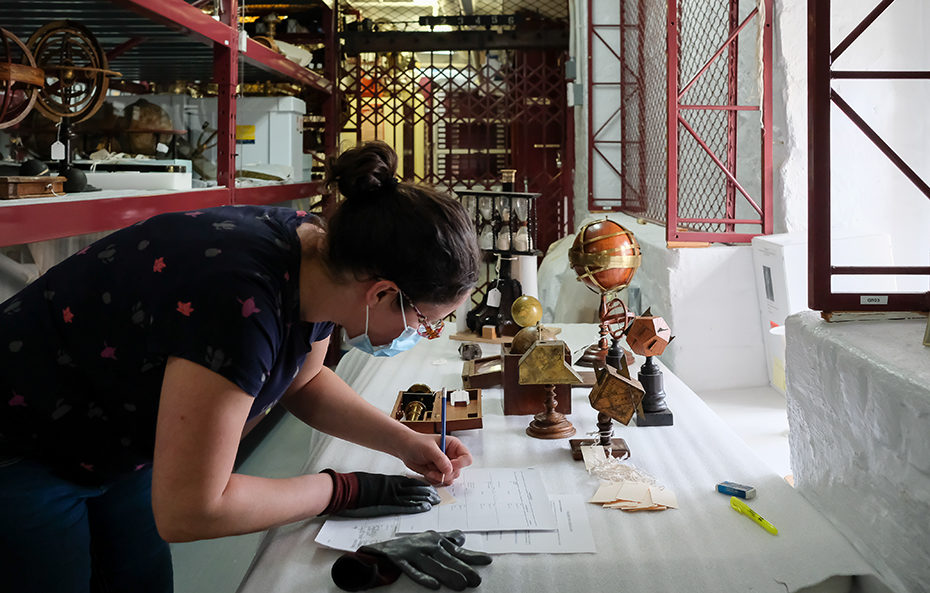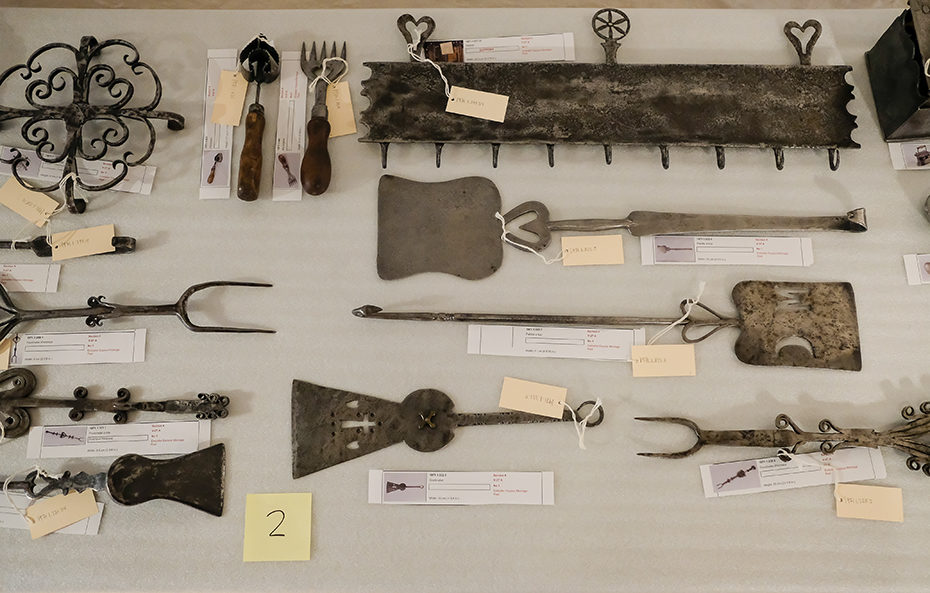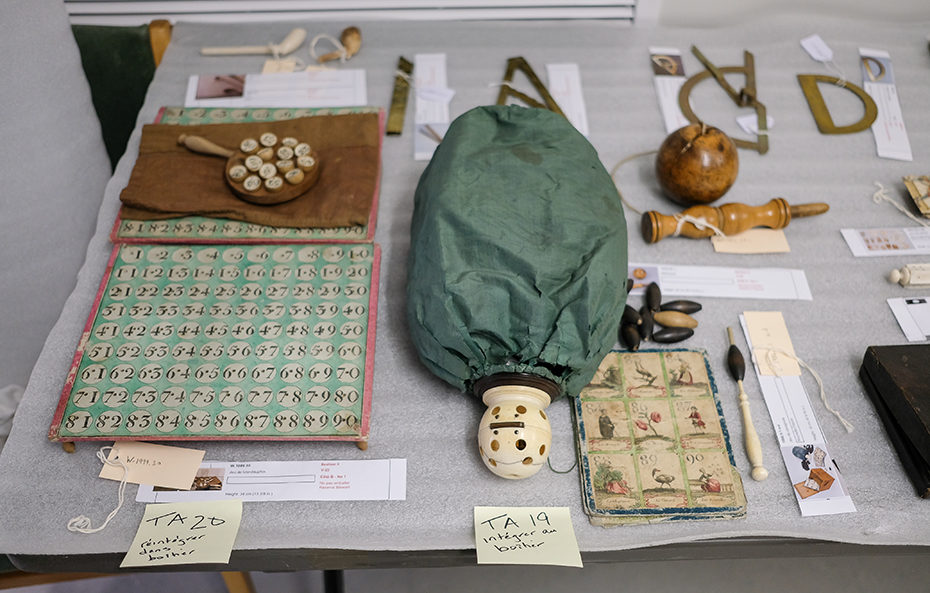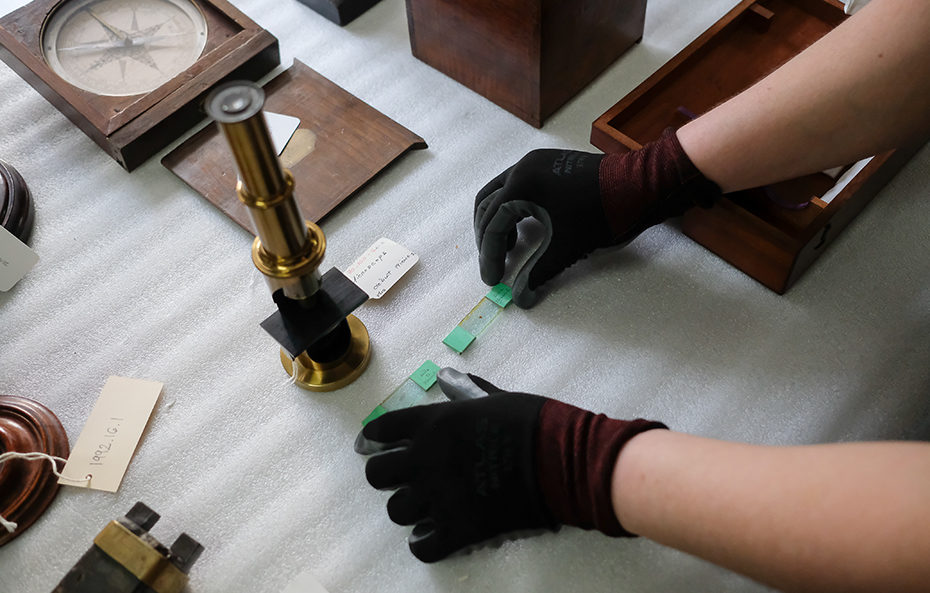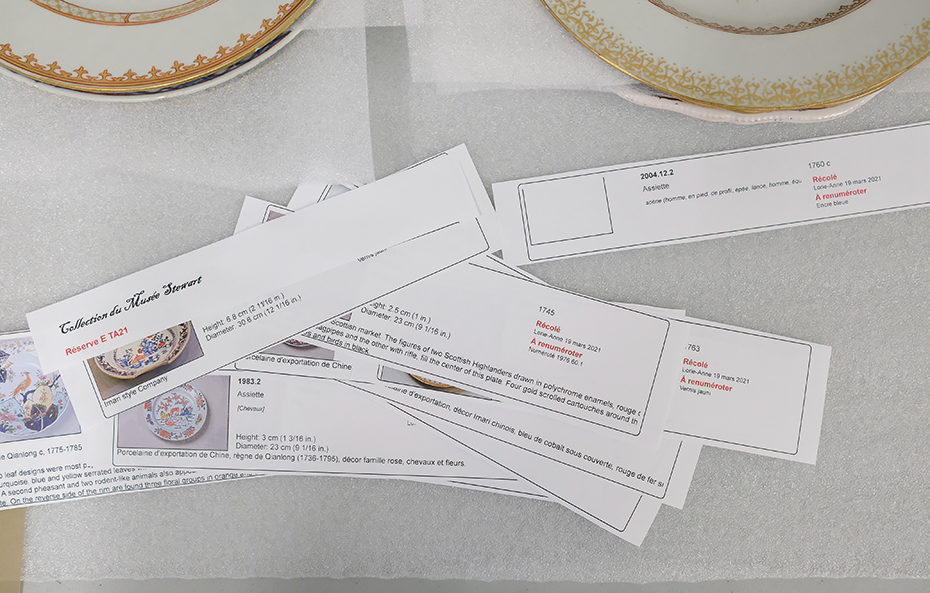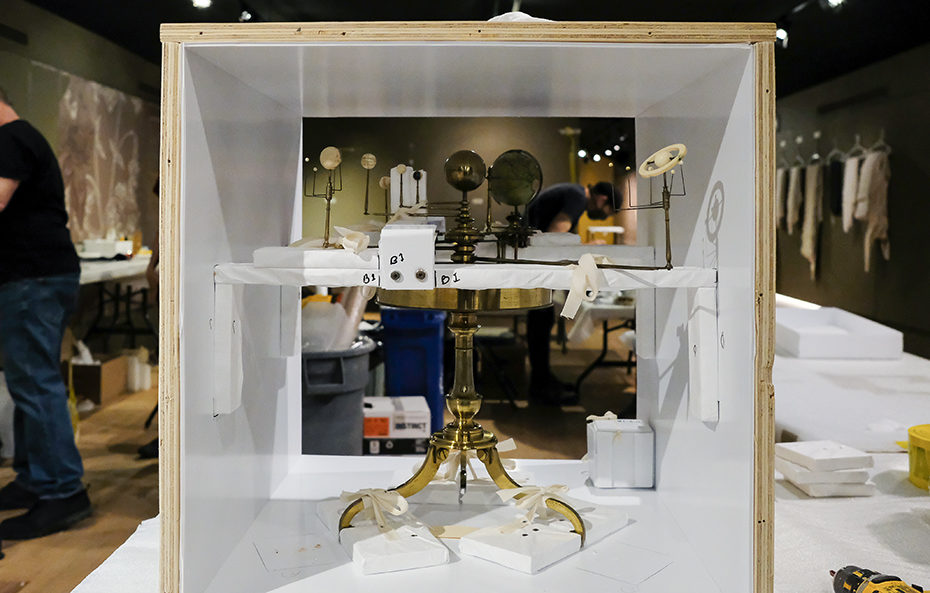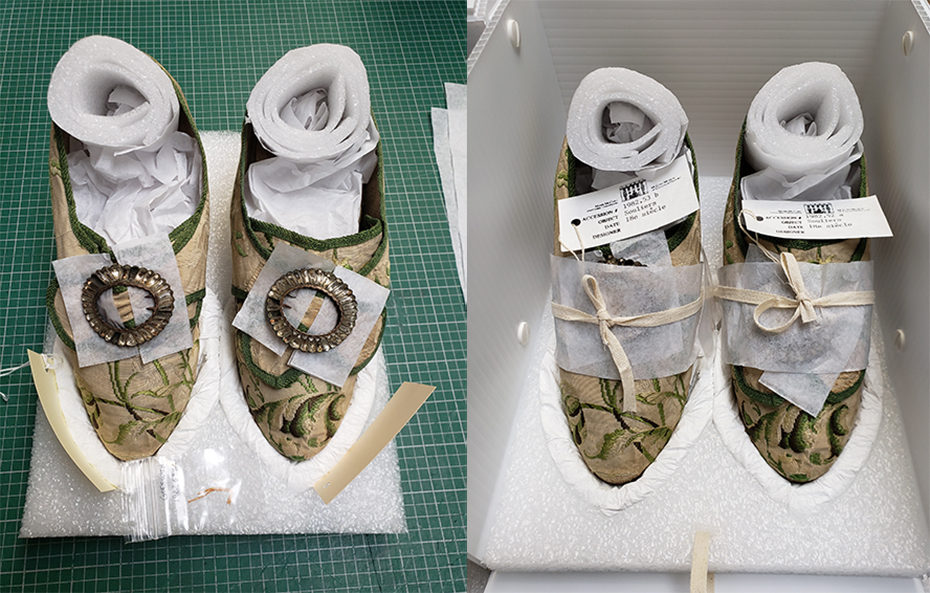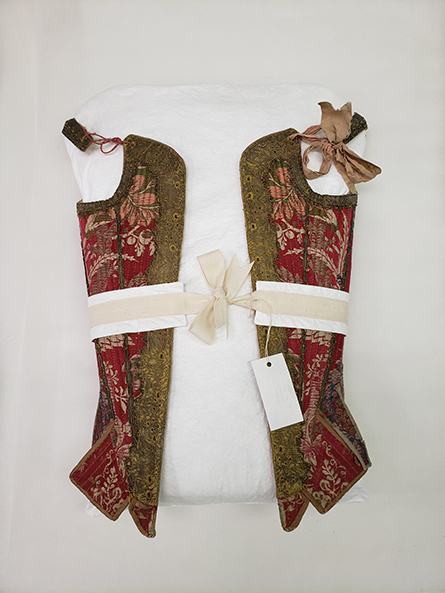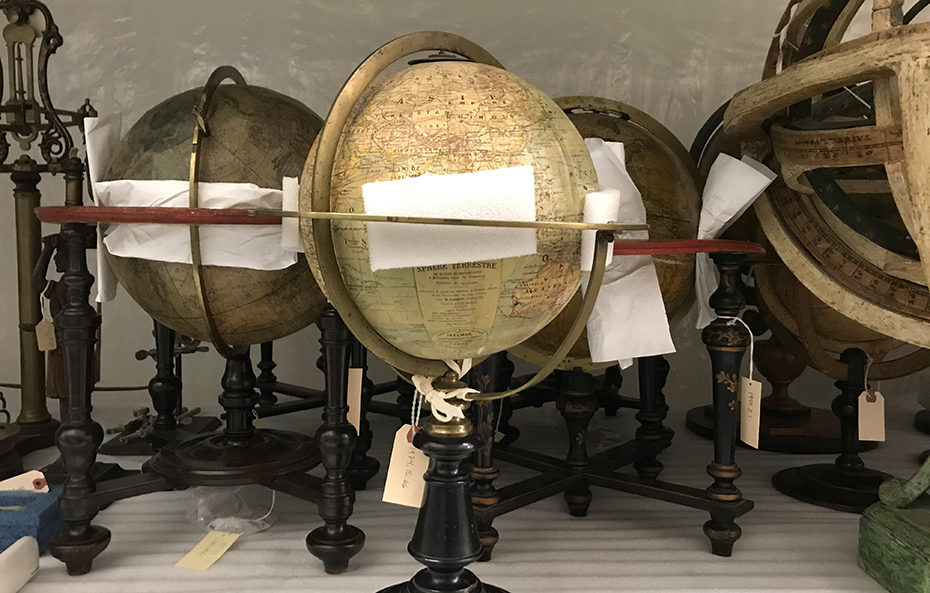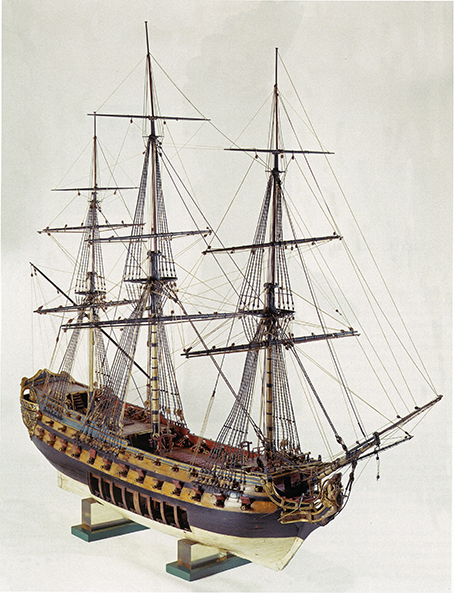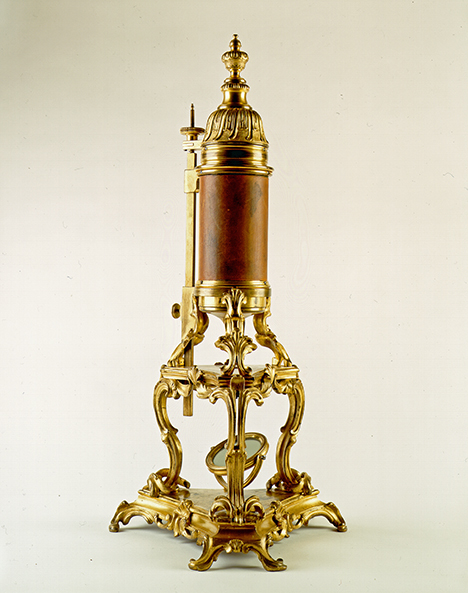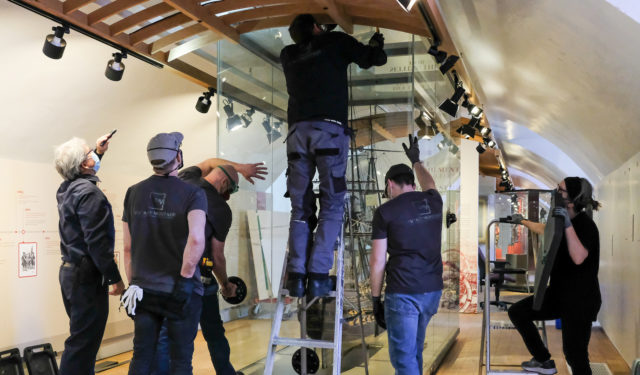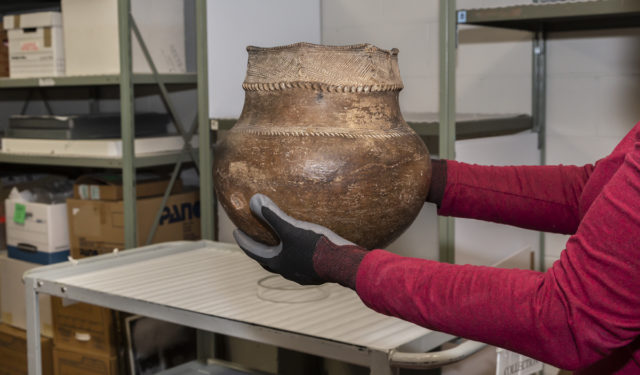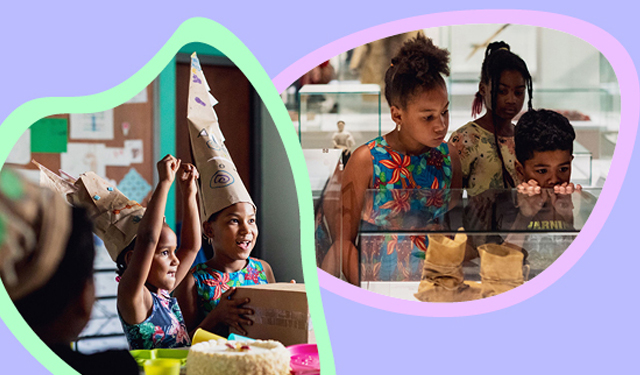A New Life for the Stewart Museum’s Collections
When a museum collection is moved each object requires individualized care, and it’s hard to anticipate how long this will take.
September 1, 2022
In the winter of 2021 we learned that after sixty-five years of existence the Stewart Museum was closing. A team from the McCord Stewart Museum – the institution’s official new name – was assembled to begin the task of moving the collections housed in the historic building on Montreal’s Île Sainte-Hélène. The team included colleagues long employed by the Stewart Museum, a project manager, and staff from the Collections Management, Collections and Research, and Conservation departments. Two firms specializing in museology, Espace Montage and Artys Transit, were hired to undertake the packing and transport of the artefacts.
Shortly before work on the move began, information about the Stewart Museum’s collections had been added to our database using a software program called The Museum System (TMS). Taking advantage of the program’s various features, we devised a tracking system that enabled us to extract lists of the artefacts and their location. This allowed us to conduct all the necessary checks of the objects, works and archival documents, both prior to packing and after the move. A poorly identified artefact could get easily lost during the move, and one of the main goals was to avoid misplacing objects.
Production of the tracking lists relied heavily on the work of our Stewart Museum colleagues, who had over the years been documenting all the collections in accordance with museological standards. These lists are vital to the inventorying process. The team’s first job was to establish the presence and location of each object in the Stewart’s vaults. Condition reports were prepared for each object before packing, and since the move the exercise is being repeated as the cases are reopened and the artefacts put back into storage. The team also notes any problems related to object identification. The many research photographs taken and added to the database have been used to illustrate the tracking lists and the packing-case labels.
For staff members who have been working for years with the McCord Museum’s holdings, it is a privilege to be able to handle and examine the treasures of the Stewart collections, and thereby come to know them better. Although the McCord and Stewart museums have been amalgamated since 2013, work on the collections held on Île Sainte-Hélène has been undertaken until only very recently by the Stewart’s own long-standing employees.
Although the Stewart collections data is largely standardized, our team has nonetheless been obliged to adapt quickly to a different system. Knowledge of a museum collection is built up over many years. Moreover, not all the information that constitutes the memory of a museum and its collections is in written form. Without access to the staff members who formerly cared for these collections, we are forced to rely on the contents of the old database. Fortunately, employees from other departments still working at the Stewart during the move proved enormously helpful. They remained available at every stage, responding regularly to many of our questions, and their collaboration was crucial.
A FAR FROM ORDINARY MOVE
One might mistakenly imagine that the moving of a museum collection is much like an ordinary move. For those who work in the museum field and who are experts in the handling, conservation and study of the objects in a collection, it’s self-evident: each piece requires individualized care, and it’s hard to anticipate how long this will take.
The objects, historical documents and artworks that form a museum collection possess particular properties and are often composed of old materials that can react adversely to handling, jolts, variations in temperature or humidity, and contact with other elements. Museum professionals are used to anticipating problems that might jeopardize the artefacts, and they know which materials can safely be used when manipulating and packing them. They are also expert in fabricating the kind of containers and stands that will keep the objects secure while in storage.
A NEW LIFE FOR THE COLLECTIONS
The objects in the Stewart Museum collections have now left their original home. But before this could happen, two new storage areas had to be prepared to receive the artefacts, a shelving plan designed, and a shelf location system integrated into our database. The next step is to carefully unpack the objects. Dedicated to adopting a sustainable approach to the management of the collections in our care, we try to handle them as little as possible, since each manipulation poses a risk for the physical integrity of the object.
Check out our website to see a selection of objects from the Stewart collections
Now that the artefacts have been relocated, the Collections Management team’s lengthy task continues. In accordance with notes taken at the start of the project, when all the objects were examined, numerous preventive conservation interventions need to be undertaken.
We have to check that all the objects on the lists have in fact been moved and that they have suffered no damage. We physically number artefacts whose number has disappeared or is incorrect. We catalogue the objects and upgrade the associated data. We take research photographs of numerous items that it was not possible to photograph before the move. Finally, we construct tailor-made supports for those objects that require it.
Once the objects are transferred to their new storage area, we find the appropriate place for each one, ideally grouping items composed of the same material together. The locations are then entered into the database, so they are registered and accessible to all – an essential step in the sound management of thousands of objects.
Thanks to the updating of data and addition of images accomplished during the moving process, these collections will become more accessible to both researchers and the community at large.
Moreover, aside from the move, another major project is under way aimed at considerably expanding our Online Collections platform. Already, a large number of items from the Stewart collections can be explored via the Museum’s website.
Sadly, the Stewart Museum has closed its doors, but its collections are embarking on a new life. The McCord Stewart Museum and its team pledge to take good care of them, for the benefit of generations to come.

